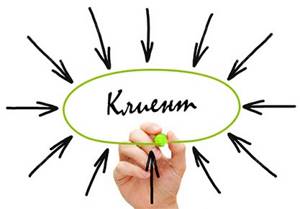 A ceramic tile specialty store's customer service is based on general retail principles.
A ceramic tile specialty store's customer service is based on general retail principles.
On the one hand, the behavior of a store employee must comply with the standards and regulations adopted by the company, and at the same time be comfortable for the buyer, on the other hand, the seller must be able to subtly “guide” the client, helping him make the right choice, while increasing the size of the sale. These skills are components of a customer-centric approach to service. As a tool for assessing the subject’s choice, a survey of the target audience (specialists working “front line” - that is, those who interact with clients for most of their working day) is used, allowing one to identify the most socially approved or, on the contrary, condemned behavior options.
